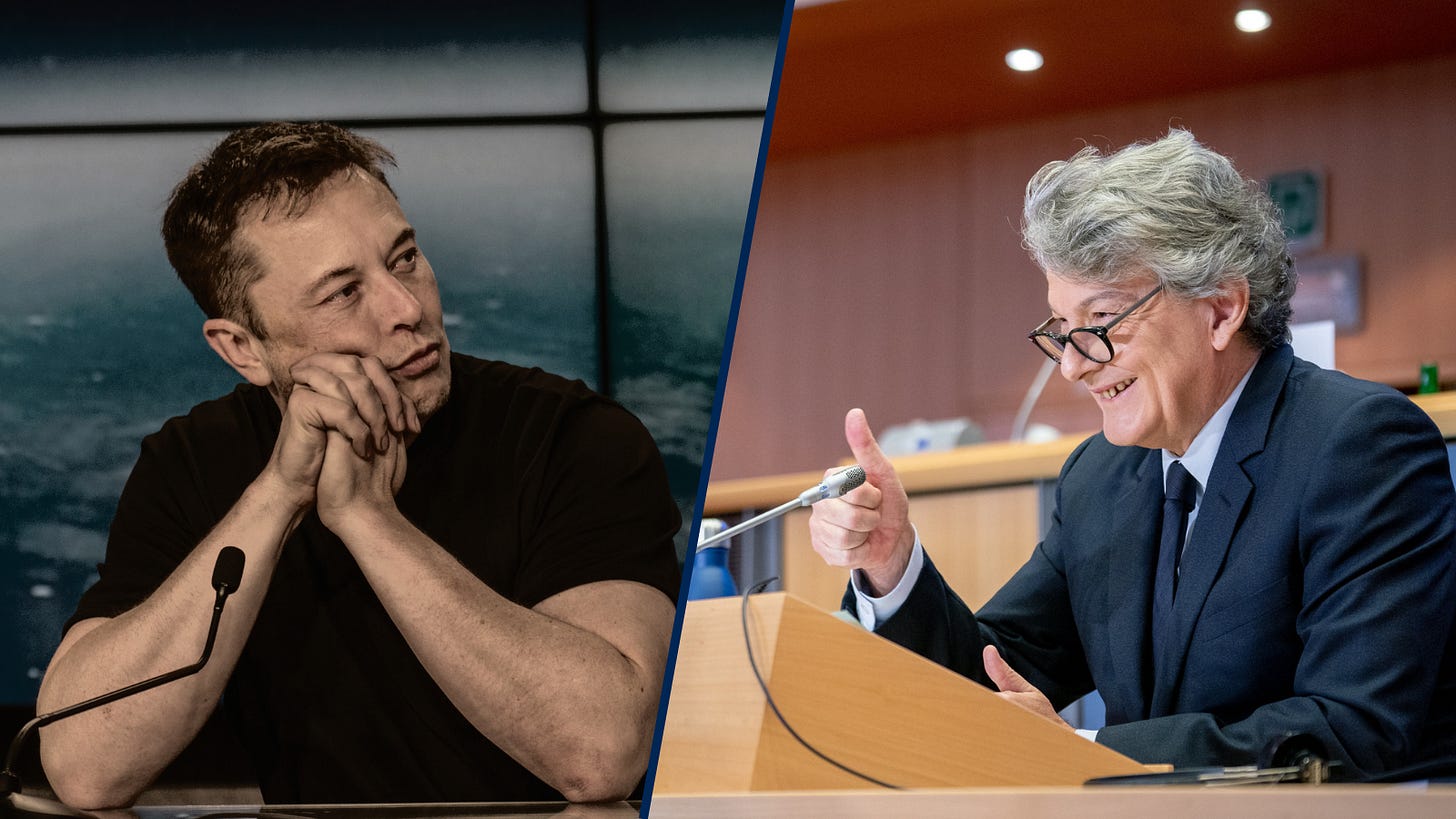Why Musk's Twitter 2.0 Will Test EU's Resolve
In this long read, Chris O'Brien breaks down exactly what drove Elon Musk's hostile takeover of Twitter, what happened when he took over, and why he has a problem with the EU and Thierry Breton.

Chris O'Brien is a journalist and acting editor of The French Tech Journal, a publication covering the transformation of the French Tech ecosystem, as well as the reinvention of the entrepreneurial and innovat…




